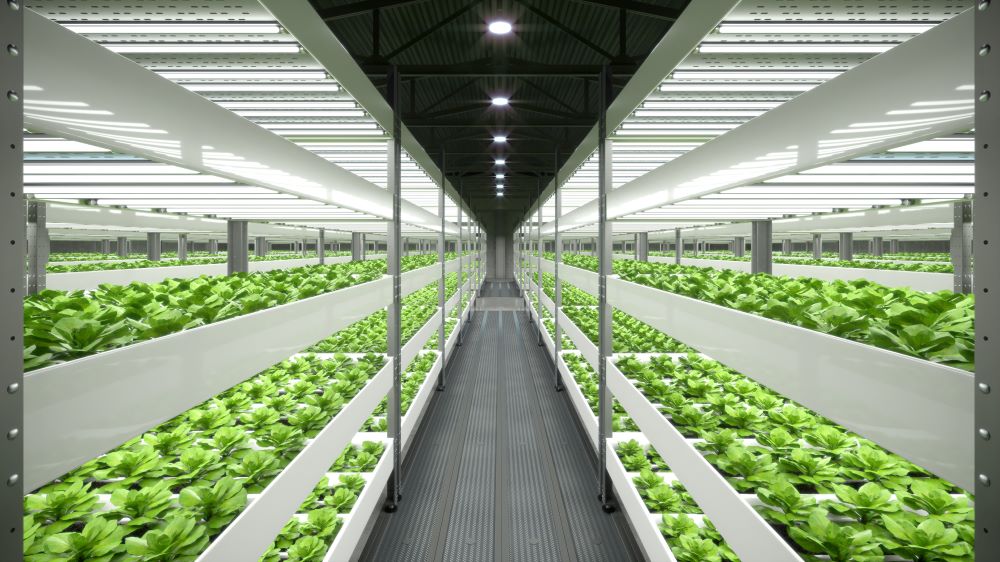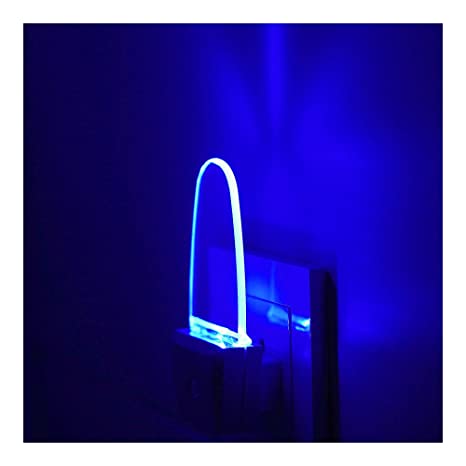As urbanization continues to reshape our cities, innovative solutions are needed to meet the growing demand for fresh and sustainable food. Urban farming has emerged as a viable solution, allowing communities to grow their own produce in urban environments. LED grow lights have revolutionized the way urban farming operates, offering numerous benefits and enabling year-round cultivation regardless of natural light limitations. In this article, we will explore the advantages of LED grow lights for urban farming, the concept of urban farming, and how LED lighting has become an essential tool for successful urban farms.
The Advantages of LED Grow Lights for Urban Farming
LED grow lights have rapidly gained popularity in urban farming due to their remarkable benefits over traditional lighting systems. Here are some key advantages of using LED grow lights:
- Energy Efficiency: LED grow lights are highly energy-efficient, converting a greater percentage of electricity into usable light. Compared to traditional lighting technologies like high-pressure sodium (HPS) or fluorescent lights, LEDs consume significantly less energy while delivering the same light output. This efficiency translates into reduced electricity costs and lower environmental impact.
- Customized Spectrum: LED grow lights allow growers to tailor the light spectrum to the specific needs of plants at different growth stages. With adjustable color temperature and precise wavelength control, LED lights provide the optimal light spectrum for photosynthesis, promoting plant growth, and maximizing yields.
- Heat Management: LED grow lights emit less heat compared to conventional lighting sources. This is crucial for urban farms where temperature control can be challenging. With reduced heat emissions, LED lights minimize the risk of plant damage and reduce the need for additional cooling systems, resulting in energy and cost savings.
- Long Lifespan: LED grow lights have an extended lifespan, often lasting tens of thousands of hours. This longevity reduces the frequency of bulb replacements, minimizing downtime and maintenance costs for urban farms. The durability of LED lights also ensures consistent performance over time, maximizing productivity and crop quality.
Urban Farming: Cultivating in the Concrete Jungle
Urban farming refers to the practice of cultivating, processing, and distributing food in urban areas. It encompasses various innovative farming methods such as vertical farming, rooftop gardens, and hydroponics. Urban farms utilize limited space efficiently, bringing food production closer to the consumers and reducing the carbon footprint associated with long-distance transportation.
The Role of LED Grow Lights in Urban Farms
At its most deconstructed level, farming is a business that converts light into food calorie energy that can be consumed and utilized by humans. Plants have historically derived light from the sun, but new LED lighting technology is enabling a new generation of farmers and food engineers to construct growing facilities that allow plants to derive light from LED lighting systems. Many of these facilities are in urban locations that are relying on benefits of LED Grow Lights to support urban farming on land that had once been dedicated to residential or commercial manufacturing operations.
LED grow lights have become a game-changer for urban farms, overcoming the limitations of natural light availability in densely populated areas. Here’s how LED lighting benefits urban farms:
- Year-Round Cultivation: With LED grow lights, urban farms can operate year-round regardless of seasonal changes or limited sunlight. The ability to control light intensity, spectrum, and photoperiod allows farmers to simulate optimal growing conditions, ensuring continuous production and consistent crop quality.
- Space Optimization: Urban farms often face space constraints. LED grow lights provide a compact and versatile lighting solution that can be tailored to fit any growing system. By utilizing vertical farming or multi-layer setups, urban farms can maximize their growing capacity and increase crop yields per square foot.
- Increased Crop Productivity: LED grow lights deliver targeted light to plants, stimulating photosynthesis and enhancing growth rates. By providing the right light spectrum and intensity, LED lighting promotes efficient nutrient absorption, faster plant development, and higher crop yields. This is especially important for urban farms with limited space where maximizing productivity is essential.
- Sustainability and Environmental Impact: LED grow lights align with the sustainability goals of urban farming. Their energy-efficient operation reduces electricity consumption and associated greenhouse gas emissions. LED lighting also eliminates the need for harmful chemicals found in traditional pesticides or fungicides used in outdoor farming, leading to safer and more sustainable
Urban farming allows food to be grown in indoor greenhouses and warehouses. Unlike traditional farming that stretches along large horizontal swaths of land, urban farming can be conducted on vertical racks that include stacks of growing plots, each of which is illuminated with LED lighting systems. Those systems provide up to 100,000 continuous hours of operations with low maintenance and replacement costs and equally low energy costs. That translates into more than ten years without any bulb replacement requirements.
More importantly, LED lighting systems can be configured and controlled to generate targeted wavelengths for maximum plant growth. Traditional farms are subject to the vagaries of temperature and lighting variations that are typical of natural environments. In contrast, LED light systems for urban farming can provide exact amounts of ideal wavelengths light without generating excessive heat that would damage plants or deprive them of moisture.
To the extent that farming involves the conversion of one type of energy into another, LED lighting for urban farming allows for a very efficient energy conversion over other artificial lighting sources. Indoor farming operations had traditionally used high-pressure sodium (“HPS”) lamps which, while effective, are less efficient than LED lights. LED urban farming systems can generate equivalent amounts of light to HPS systems at a cost that is up to 40% less, and in some cases up to 70% less than those systems.
The design and lighting configuration capabilities that are available with LED systems make them ideal for indoor vertical urban farming operations. For example, vertical farms have been established near Chicago and in Indiana that provide over one million square feet of growing space in warehouses that have 30,000 square foot footprints. Growing plots in these warehouses can be stacked on top of each other with LED lights interspersed between growing layers. Traditional lighting systems would generate excessive heat that might get trapped between these layers, damaging the plants. LED light eliminate that problem.
Indoor urban farming operations also allow growers to produce food in closer geographic proximity to consumers. Rather than relying on expensive long-distance shipping that consumes additional energy resources before food is placed on a consumer’s table, urban farms can deliver their products to grocery outlets that are near their facilities and close to the ultimate consumers of their products.
As population growth continues and more people relocate into urban environments, food scientists will need to address the challenges of feeding them efficiently and with minimal adverse environmental impact. LED lighting for urban farming will be an important tool to help them meet these challenges.







